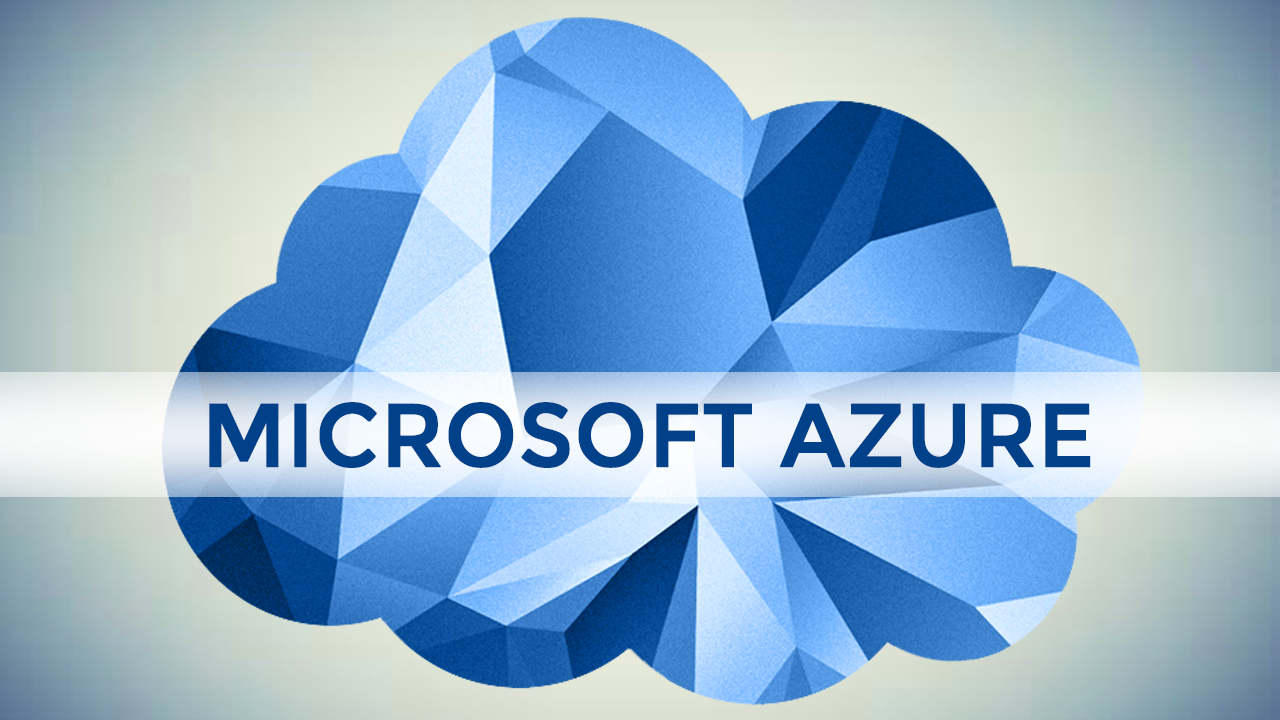Replicating Between File Servers Using Azure File Sync
Topology
I explained how the components of Azure File Sync interconnect in The Architecture of Azure File Sync. When you deploy a sync agent to a file server, each replicated folder, referred to as a server endpoint, synchronizes to an Azure Files share, referred to as a cloud endpoint. This combination us referred to as a sync group. It is possible to have more than on server participate in a sync group. This allows us to synchronize folders between file servers, using Azure as the middle-man.
The file servers do not have to synchronize all folders to each other. For example, let’s pretend there are 3 file servers:
- Chi-FS1
- Dub-FS1
- Syd-FS1
Chi-FS1 synchronizes:
- “Chicago Files” to Azure only
- “All Users” to Dub-FS1 and Syd-FS1 via Azure
- “Sales” to Syd-FS1 via Azure
Dub-FS1 synchronizes:
- “Dublin Files” to Azure only
- “All Users” to Chi-FS1 and Syd-FS1 via Azure
Syd-FS1 synchronizes:
- “Sydney Files” to Azure only
- “All Users” to Chi-FS1 and Dub-FS1 via Azure
- “Sales” to Chi-FS1 via Azure
Registering Additional File Servers
The process of adding a file server to an existing sync group re-does what is done to register the first file server. You will start by ensuring that the file server meets the requirements of Azure File Sync. Next you will:
- Install the Azure Resource Manager (Azure RM) PowerShell modules on the file server
- Download the Sync Agent from the Azure File Sync sync service and install it on the file server
The sync agent will need to be registered. This will require you to sign into your Azure Subscription in the registration wizard on the file server. Note that Cloud Solution Provider (CSP) customers must toggle a switch to say that they are using a CSP subscription, and copy/paste their tenant ID, which they can obtain from the Azure Portal (Azure AD > Properties > Directory ID). During the registration, you will select the subscription, resource group, and the sync service that contains the sync groups that this file server should join.
You should repeat the above process for each additional file server that you wish to register with this deployment of Azure File Sync. Note that there is an agent charge for each additional file server that you register with the sync service.
Adding Servers to Sync Groups
Once a server is registered, you can add it to existing synch groups. Open the sync service in the Azure Portal and browse to Sync Groups. For each sync group that you want to extend to the new file server, do the following:
- Open the sync group
- Click Add Server Endpoint
- In the Add Server Endpoint blade, select the newly registered server, enter the synchronization path on the file server, and optionally configure tiering
A few minutes later, the folder will start to synchronize on the new file server. Even without tiering, all of the files will appear as reparse points or folders that redirect users to the cloud copies of the files, with the expected paths, names, and permissions; this allows users to start using the file server within a few minutes of being added to the sync group(s).





![Adding more server endpoints to extend Azure File Sync replication to more file servers [Image Credit: Aidan Finn]](https://petri-media.s3.amazonaws.com/2018/08/AzureFileSyncExtraServerEndpoints.png)